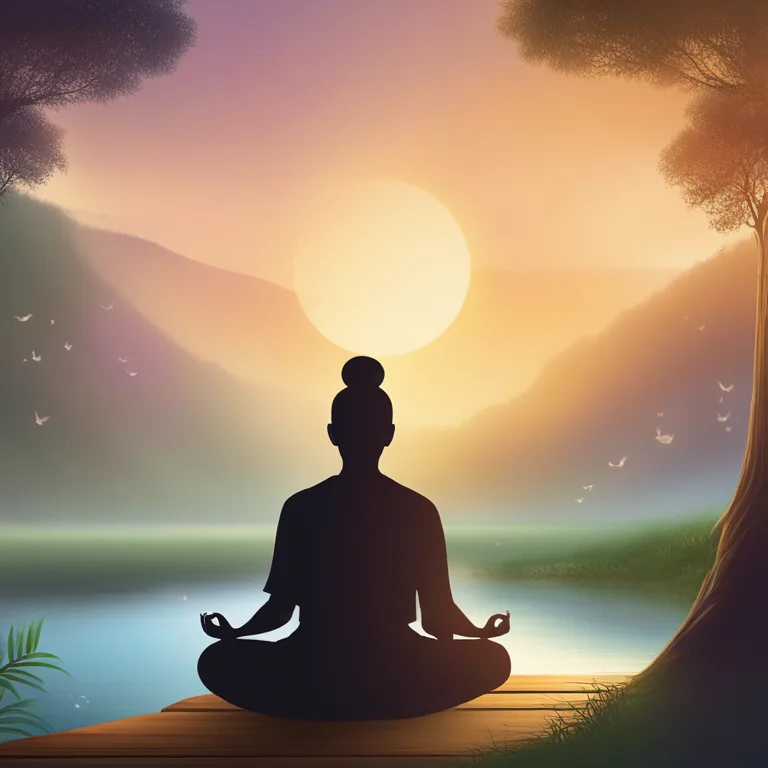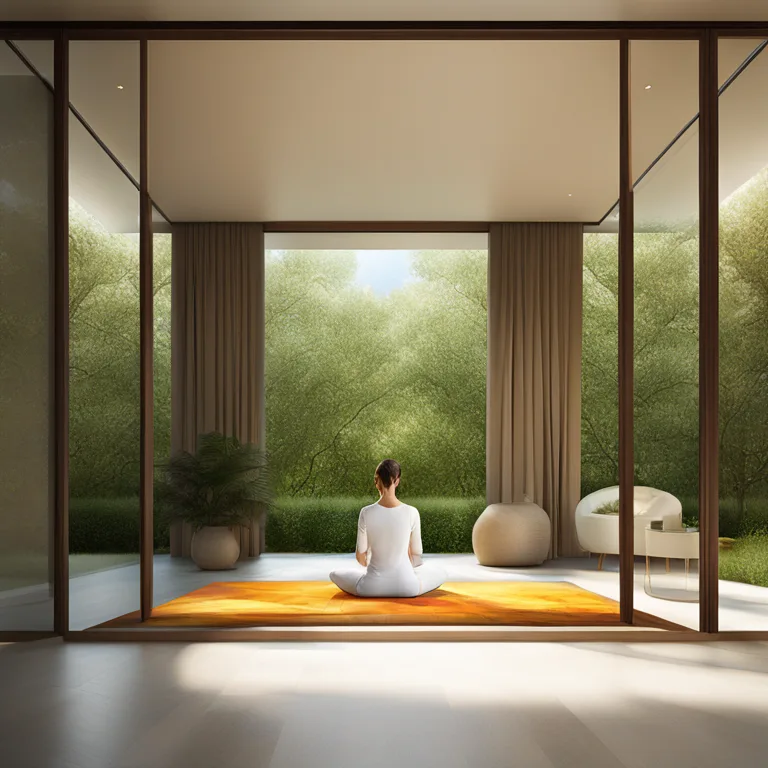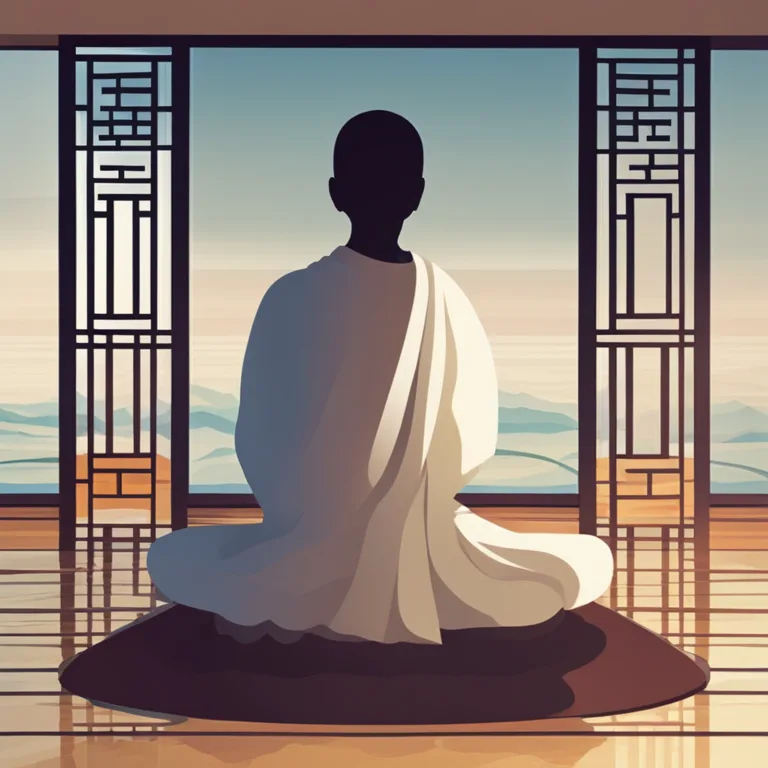
Meditation Techniques & Anxiety
Discover effective meditation practices to soothe anxiety and foster a sense of peace in your daily life.
article by Hina Kurosawa
Introduction to Meditation
Meditation has been practiced for centuries as a tool for promoting mental clarity and emotional health. Its relevance continues to grow, particularly in our fast-paced, digitally-connected world. As we face the ever-increasing pressures of modern life, anxiety has become a prevalent concern, impacting millions globally. Meditation offers a pathway to tranquility, teaching the mind to slow down and reflect in the present moment. This article introduces meditation techniques designed to alleviate anxiety, supporting a journey towards a calmer state of being.

Mindfulness Meditation
Mindfulness Meditation is a foundational practice in reducing anxiety. It involves focusing on the present moment and accepting it without judgment. To practice, find a quiet place, close your eyes, and take deep breaths. Observe your thoughts, feelings, and sensations without engaging with them. When your mind wanders, gently guide it back to your breath. Studies have shown that regular mindfulness practice can lower stress hormones, such as cortisol, leading to a noticeable reduction in anxiety symptoms over time.

Guided Visualization
Guided Visualization is a technique that combines relaxation and mental imagery to induce calmness. A guide, either in person or through audio, leads you through a series of calming images and scenarios. Imagine a serene environment, such as a peaceful beach or a quiet forest. Engage all your senses to fully immerse in the experience. This method acts as a mental escape, offering relief from the external stressors that contribute to anxiety.

Body Scan Meditation
Body Scan Meditation encourages heightened body awareness and relaxation. Begin by lying down in a comfortable position. Close your eyes and take several deep breaths. Start focusing on your toes and gradually move your attention upward to each part of your body. Notice any tension and allow it to release with each exhale. This progressive relaxation can effectively decrease the ‘fight or flight’ response, commonly heightened in anxiety disorders.

Breathing Exercises
Breathing Exercises are a core element of many meditation practices. 'Diaphragmatic breathing,' or deep belly breathing, helps activate the body's relaxation response. Try inhaling for a count of four, holding for a count of seven, and exhaling for a count of eight. This deliberate form of breathing can help reset the autonomic nervous system, reducing panic and promoting calm.
Mantra Meditation
Mantra Meditation involves the repetition of a calming word, phrase, or sound to help focus and quiet the mind. Select a mantra that is personal and soothing to you. With eyes closed and in a relaxed posture, repeat your mantra silently or aloud. The repetition serves as an anchor, bringing your attention back whenever it drifts, which can be particularly helpful for those with anxiety as it provides a gentle focus for the mind.
Yoga and Movement Meditation
Yoga and Movement Meditation combine physical postures with breath control and mindfulness. By synchronizing movement and breathing, you can promote both physical and mental balance. The gentle flow of poses in styles such as Hatha or Yin Yoga can help release bodily tension and reduce stress levels. Engaging in these practices can also improve focus, further contributing to anxiety relief.
Choosing the Right Technique
Choosing the right meditation technique is a personal journey, and what works for one individual may not be as effective for another. Experiment with different styles to find what resonates best with you. Consistency is key; even just a few minutes daily can lead to improvements in anxiety. Remember, as with any skill, the benefits of meditation increase with practice and patience.
Published: 12/20/2023
Modified: 12/20/2023
More predictions
Come back here soon to learn more about yourself and your future


The Art Of Meditative Sketching
Discover how meditation and mindfulness can enhance the art of drawing, offering a peaceful escape and a journey to self-discovery.


Advanced Techniques For Deepening Meditation
Discover the serene path to mindfulness meditation with this simple, step-by-step guide focused on fostering tranquility and self-awareness in your daily life.


The Essence Of Mindfulness Meditation
Discover the core principles and benefits of mindfulness meditation for a balanced and harmonious life beyond 2024.